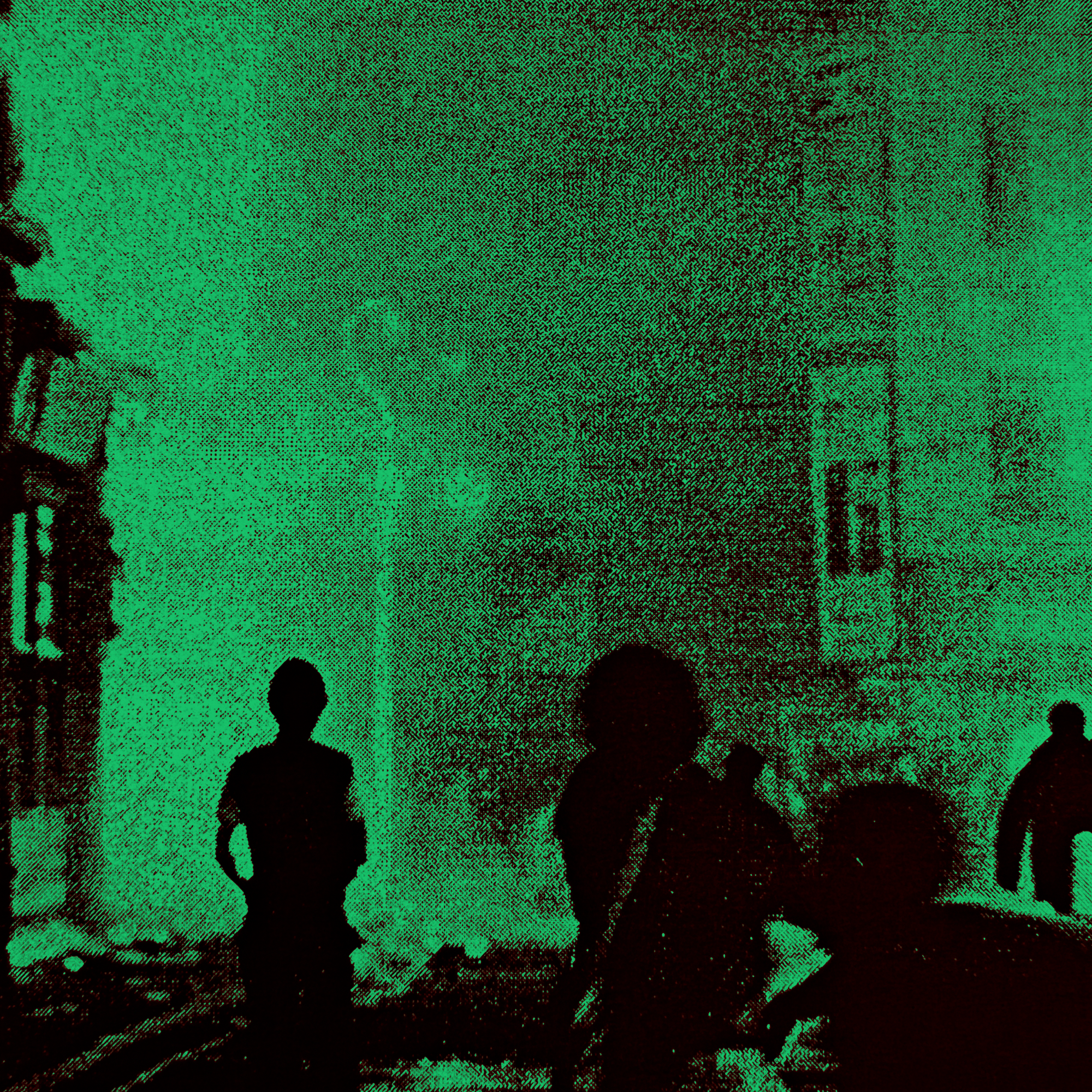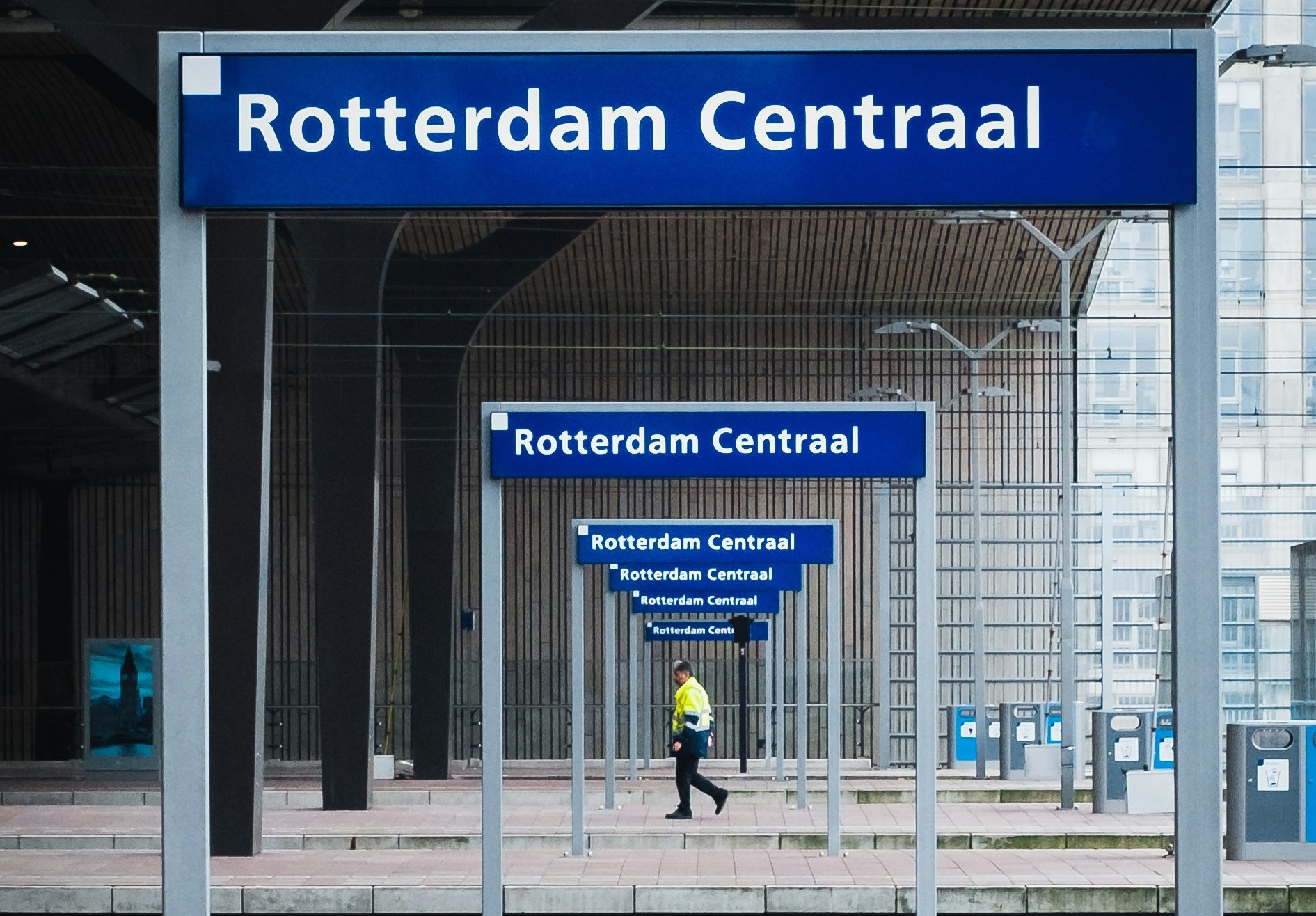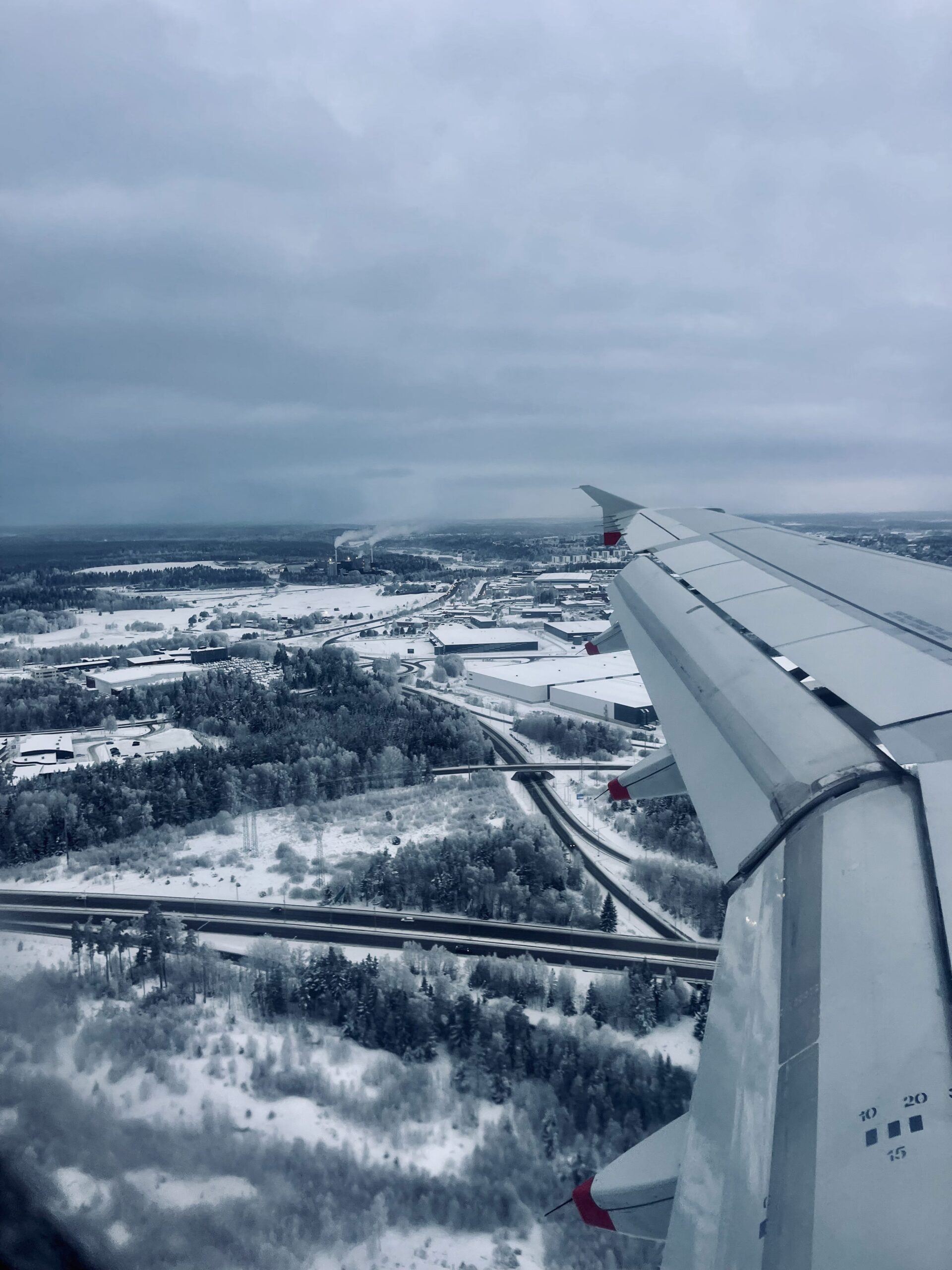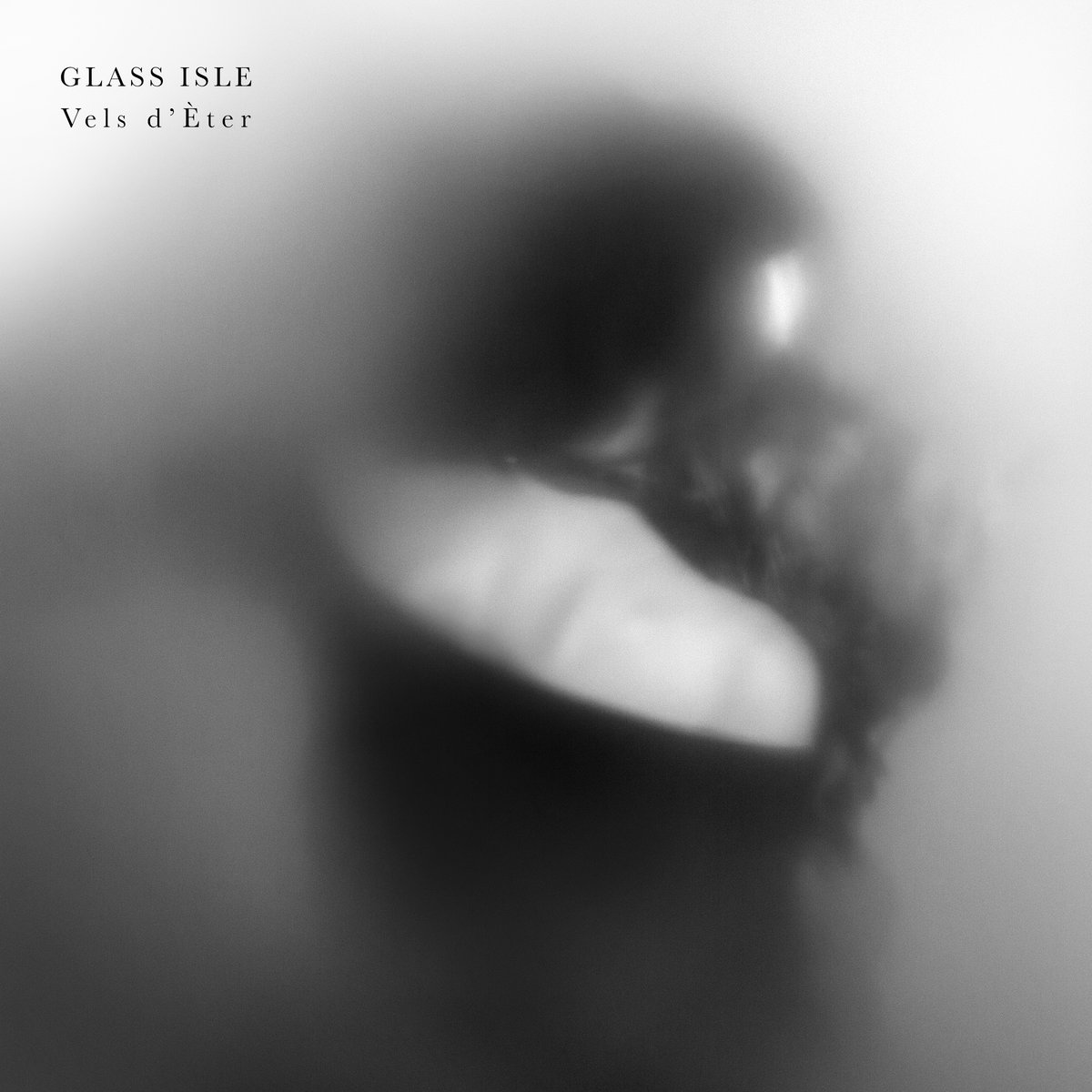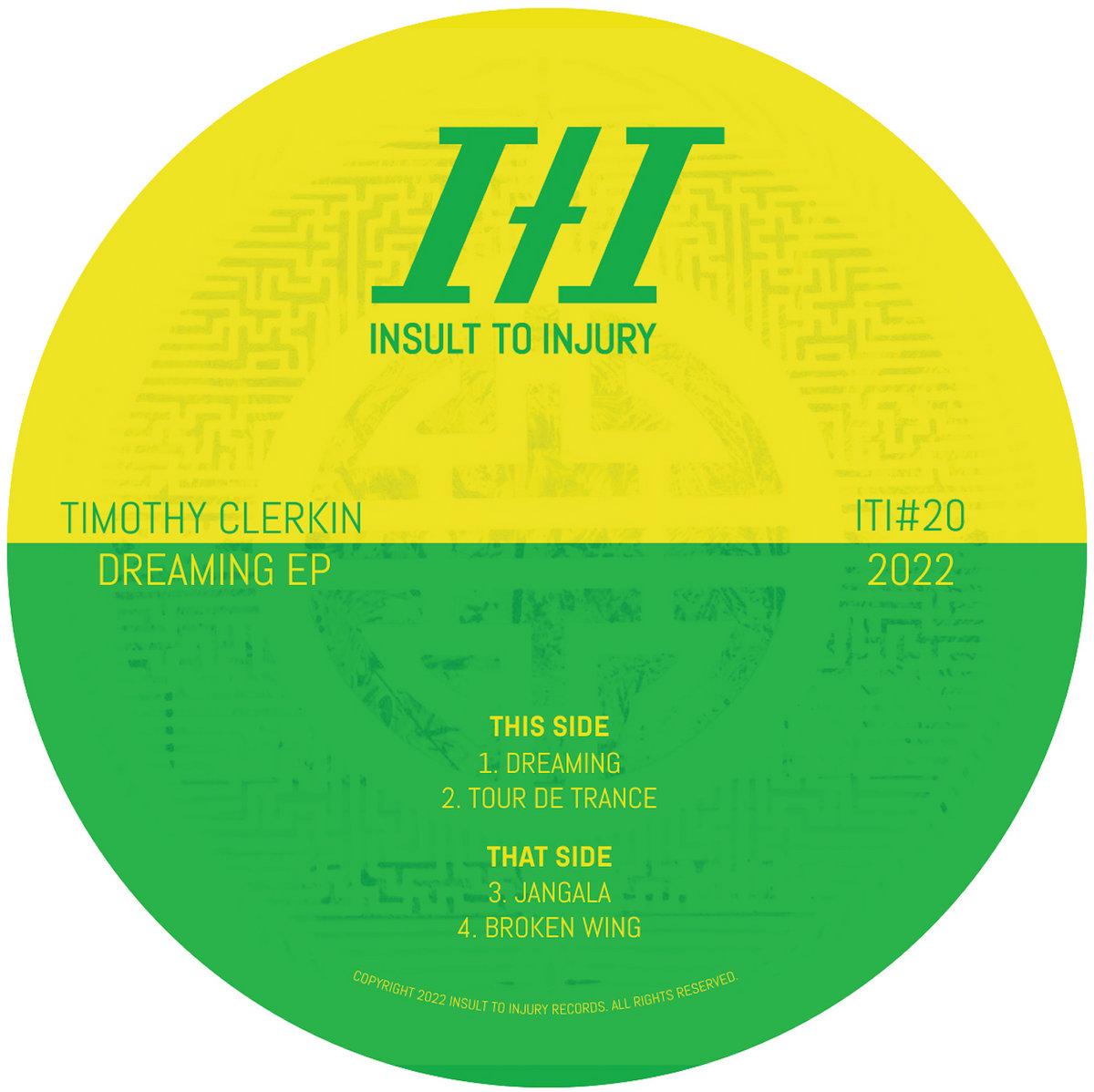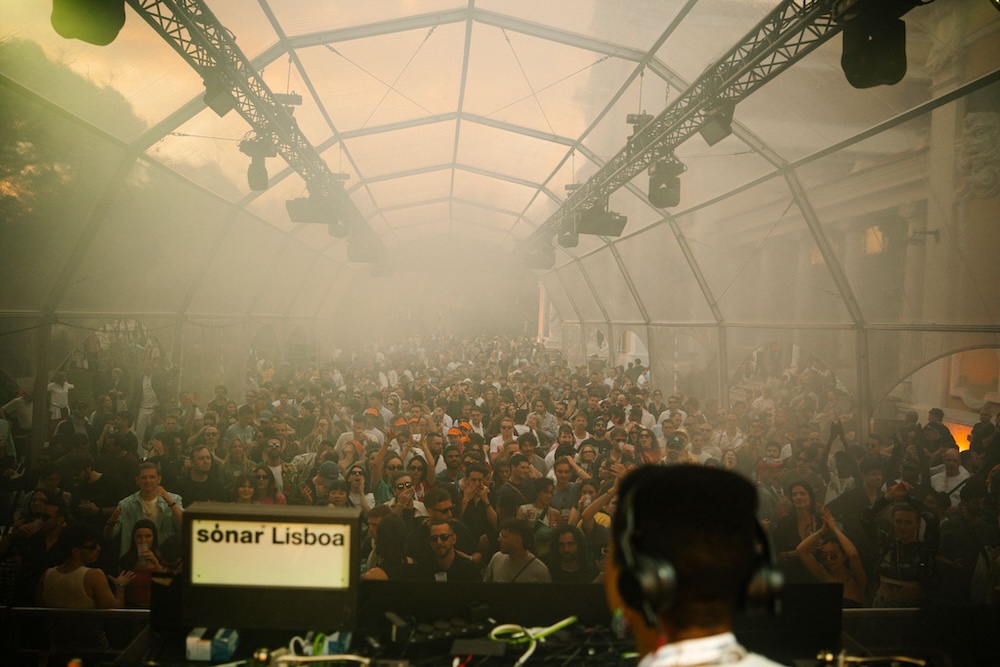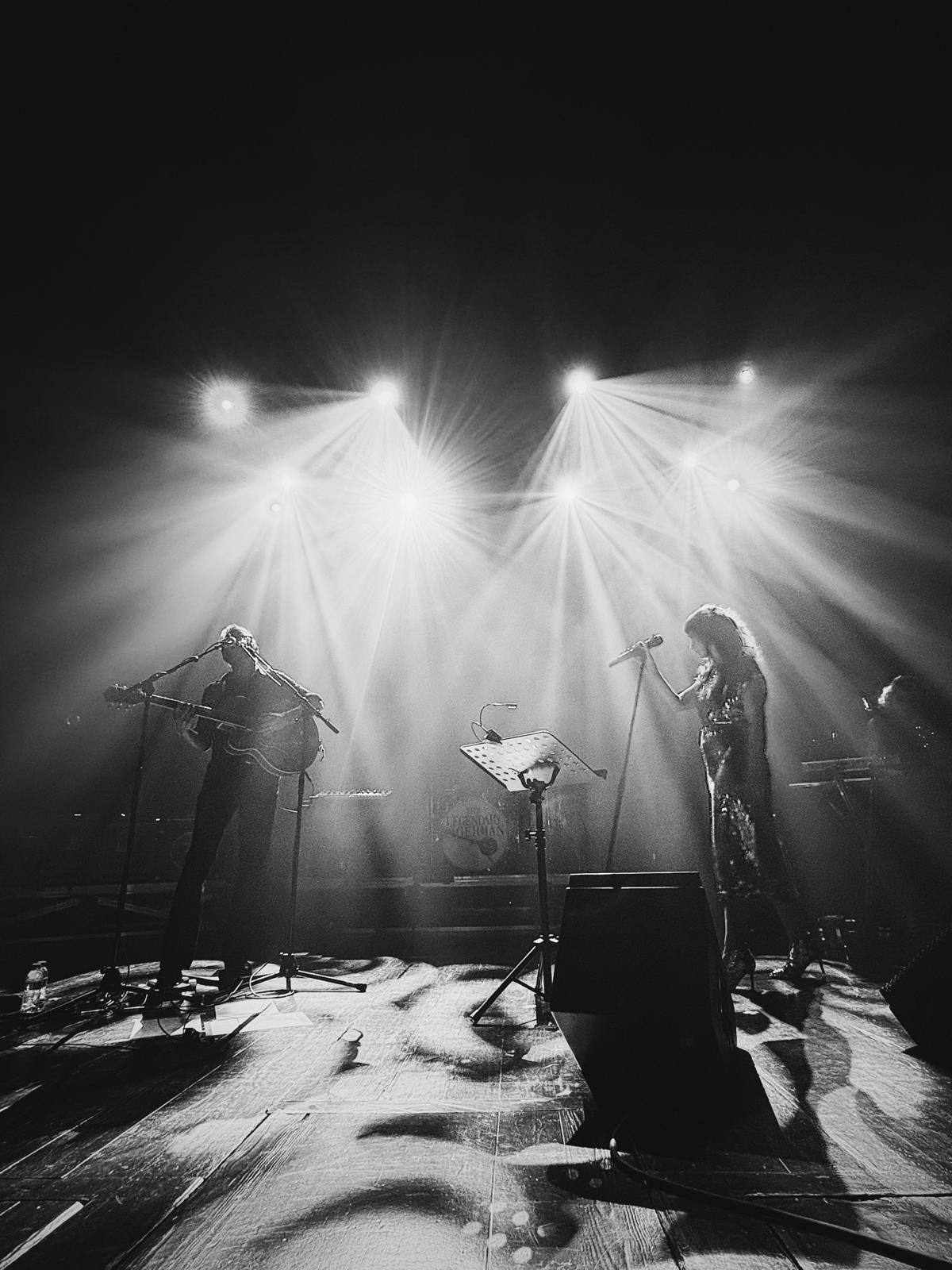Artist To Artist: Paul Clipson & Daisy Dickinson
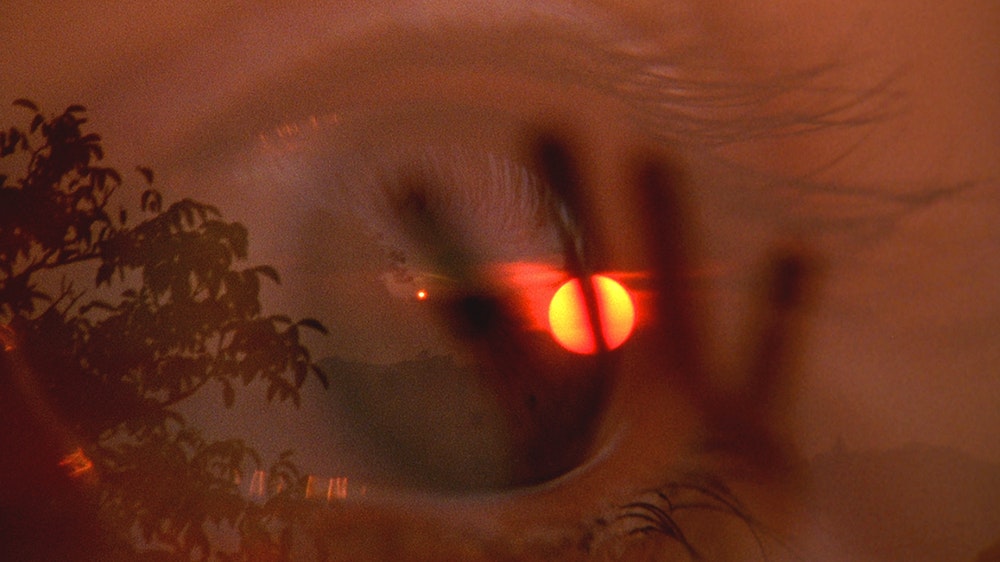
As anyone who has seen Liz Harris aka Grouper in the last few years can attest, the visuals that form a backdrop to her performance are as profoundly moving as her music; an impressionistic, evocative and poignant montage of natural and urban spectacle seen through an idiosyncratic lens steeped in superimposition and unique editing processes. The artist responsible is Paul Clipson whose ‘found footage’ coalesces into a series of images that approach distant, fragmented memories caught in a surreal, romanticized recurrence. Almost every frame could stand on its own as a compelling photograph. Besides an ongoing close collaboration with Harris, Paul has produced visuals for the likes of Lawrence English, Byron Westbrook, King Midas Sound & Fennesz, Sarah Davachi and more recently Jefre-Cantu Ledesma (premiered on this very site).
Daisy Dickinson is a visual artist whose work shares many of the same distinctions. Like Paul her work is closely intertwined with sound and music. Her collaboration with ex-Boredoms drummer E-da Kazuhisa entitled Adrena Adrena and her myriad shorts and work for the likes of Grimm Grimm, The Flaming Lips and Seefeel have captured striking, extraordinary scenes that, to isolate a few, extend from a drum cymbal doused in flames which lick the air in protracted heatwaves (the short ‘Man On The Hill’) to an entrancing slo-mo pillow fight where feathers float and fall in endless pirouettes (the video for Grimm Grimm’s ‘Tell The Truth’). In a recently produced short premiered at the London Short Film Festival entitled ‘Blue But Pale Blue’ a rural hermit passes into an uncanny plane of existence after an accident. Stunning magnifications and a memorable shot of the protagonist playing the piano underwater follow, as the film progresses from a tone of uncertainty to something enigmatic yet sublime. Whatever the project both Paul and Daisy capture sumptuous images in astonishing detail with a refined eye for the exceptional.
In light of their similarities (and divergences) we got them together to discuss inspirations, filmmaking, the natural environment, recent projects and more.

(DAISY) 1. You’ve worked with some really interesting musicians including Grouper, King Midas Sound and Jefre Cantu-Ledesma, to name a few. Do you take inspiration for your visuals from the sound or do you create the film first and then the score second to that?
(PAUL) I generally start by making films on my own, without a specific project or context in mind, but with an awareness that I'll be sharing the work at some point in the near future with sound artists and musicians for live performances or screenings. I draw inspiration from these collaborative events and from the enjoyment of working with people like Liz (Grouper), Jefre and Kevin (King Midas Sound) on short films. In both contexts, neither sound or image come first, it's more like we share these forms together to see what happens. The music, once I hear it, allows me to view my films as found footage, as a pool of images that call out to the sound or music, or vice versa, and then the films virtually make themselves. I'm very inspired by how musicians work. Their methods have greatly influenced how I make films.
2. How did you work with Grouper to create the visuals for the live show? Did you use pre-existing films or did you shoot new material specifically for the collaboration?
For HYPNOSIS DISPLAY, which was a commission that Liz and I made for Leeds Opera North in 2014, we created something filmed, composed and field recorded specifically for a planned 75 minute performance/screening. In being conceived for one project, it was a departure for me to shoot in this way, but otherwise, Liz and I worked in tandem and shared ideas and parts of what we were doing, to keep the work related. But similar to the approach we'd taken with other unrelated live performances, in the end we kept the image and sound separate and didn't try to"sync" them up together, Neither the image aligned to the sound, nor the sound performed to the image. Instead they were played together in parallel- though as they fit so well together, it now feels as if we'd carefully synchronized it all from the beginning!
3. Your films seem to draw beauty from elements and environments that exist in our daily lives. Do you always carry a camera around with you or do you plan in advance what your going to shoot?
I carry a camera with me whenever I can. I plan in advance but also try to film without too much thought. There are so many choices to be made in focusing, starting and stopping a shot, framing, looking for color or texture or qualities of focus in what I'm looking at, and these questions sometimes become the sole subject of a film, at least at the moment of filming. Viewing the footage afterwards I begin to see apparent subjects. I'm very moved by landscapes and cities and want to try to capture a sense of experiencing these spaces, of recording the metabolisms of environments, and the feeling of being somewhere.
4. I feel a lot of emotion in your editing. The way you work with overlaying textures and imagery creates a specific feeling to your work that I find very moving. Do these moments arise naturally with in-camera editing or do you work digitally with the processed films?
I find working in film to be a very emotional, charged experience. There's an intense pleasure in shooting with celluloid, in its beauty, tactility and fragility. Working strictly on film has led me towards exploring in-camera editing as a way of constructing or thinking in film. The challenge of trying to find ways to phrase or express something visually without other means, creates a tension during filming which I hope reveals itself onscreen. Limitations encourage opportunities for finding unexpected things. Maybe also I've begun to equate in-camera editing with musical performance, as if the filming I'm doing is a document of a performance of some kind.

5. I love the way you overlay the macro with the micro and the natural element with the artificial element in ‘Cruel Optimism’. What drew you to this juxtaposition of imagery and how do you hope your audience will respond to this?
I like juxtaposing different things in films, superimposing them, as a way of underlining the fascination that things and places exert in being seen. I find cities with their architecture and insects by their design both beautiful and terrifying, and wanted to emphasize this by combining them in ways that the Surrealists often would in films, poetry or painting. In CRUEL OPTIMISM, the cityscapes and the insects appear bigger or smaller depending on how you look at them. As these elements coexist, I wanted to bring them even closer together, maybe to emphasize how dependent or connected everything is in the world.
6. Can you talk a little bit about the inspiration behind ‘Feeler’? Who is the girl in the film and did she inspire the rest of the visuals for the piece?
The film came directly out of listening to Sarah Davachi's music. I find some of the sounds she works with to be very textural, almost to the point of becoming visually descriptive of surfaces, spaces, and passages of time- as if the music was the recording of a long journey. So for the film, I began to relate prior images of mine which had been filmed at different times and places around the world, to see how many visual variations could progress and accumulate along with Sarah's sonic voyage. The woman in the film is my step-daughter Anya, and she's inspired and starred in many of my films, like UNION, LOVE AFTER LOVE, ORIGIN, and MADE OF AIR.
7. What are you working on at the moment?
I'm about to begin filming a 16mm feature-length project with musician Zachary James Watkins, that's a commission for the San Francisco Cinematheque and will premiere as a live/sound film performance at the Exploratorium in December. I also have a tour of screenings coming up in September on the East Coast in Boston, Keene, Northampton, Kingston and New York City. In November, I'll be presenting work with Grouper at Le Guess Who? in The Netherlands.

(PAUL) Objects both formal and functional appear in your visual work and in your live performance pieces as well- I'm thinking of the drums that flow down the river and the large globe used onstage and projected onto as part of your collaboration with E-Da Kazuhisa for the project Adrena Adrena. How did you work with E-Da on this collaboration? How did the drums get into the river? How did ideas become realized between you two?
(DAISY) Man on the Hill was a film based on pure adrenaline, that’s actually how we came up with the name ‘Adrena Adrena’. I met E-da in Brighton and was telling him how I’ve always wanted to make a film of someone playing drums on fire in the mountains. We kept in touch and one day decided to just do it, so set off to Wales with a cheap drum kit we bought on eBay and a car full of fire extinguishers. There was a crew of just two of us and when we finished a take, I would have to quickly put the camera down and pick up one of the fire extinguishers whilst E-da ran out of the way of the burning drums. For the waterfall scene, we decided to shoot at sunrise as we didn't have any permissions or shooting permits. Once we finished the film, we wanted to keep the energy going and started to conceptualise the live performance ‘Adrena Adrena’.
2. Natural landscapes, rather than cities, are present in a lot of your films. What inspiration do you draw from nature? Where were some of these films shot? What are some favourite places for you as a visual artist, or just places that mean a lot to you?
I draw a lot of inspiration for my work from the natural elements. There is something fascinating for me about the movements of these elements, I find it very hypnotising to watch the way light reflections dance on the surface of water or the way shadows flicker on the wall when the sun shines through the window. In terms of places, I really love the walk from Hackney to Bow along the canals in London and also find a lot of inspiration from the abandoned buildings around my studio.
3. I really like the sense of an environment created by the rack macro or microscope focusing you did in "LTO of Old Apparatus." There are moments that look like a vast surface of ocean, which creates momentarily a physical response, as if "one is there"…or the forms that look like tree branches, but could be hairs perhaps? This seems like the beginning of a longer journey. Have you worked with microscopes for other projects? There's such a potential for discovery there.
I use a microscope for a lot of my live visual work because I love the idea of taking something micro and blowing it up to macro scale, it creates a strange feeling when you see something so tiny and delicate projected on a huge stage. But the 'LTO of Old Apparatus – Again' film was the first time i’d used my microscope to shoot a music video, LTO's music has so much texture to it that I thought it suit. I hope to keep discovering more interesting imagery with it, it feels like an endless goldmine for creating beautiful abstractions.
4. How do you approach presenting work for live performances? Do you project on both film and video? Do you search out people to work with or do they find you? How do you work with musicians or sound artists in conceiving of a performance with them?
I’ve always taken a lot of inspiration for my work from music, I like to use the rhythms as a basis for cut points in edits and usually the sound is a starting point for the ideas process as well. I film all of the footage for live shows first hand, sometimes digitally and sometimes analogue, edit it into short clips and then feed it through a VJ software to improvise with on stage. I like to collaborate with musicians whose music I really like, otherwise its hard for me to come up with ideas. Prior to a performance, we rehearse to a certain extent to get an idea of mood and for me to find visuals that suit the sounds but I always like to leave space for improvisation.
5. The fire in "Man on the Hill" and the water in "Blue But Pale Blue" strongly evoke dream imagery, especially the latter….do dreams play a part in your creative process? What inspires or shapes your work?
I think dreams do play a huge part in the way my work takes form, not so much dreams in the traditional sense, but more the art of looking inside yourself and projecting a certain feeling from within, into the work. I think its so important to feel an emotional attachment
to a film and to really immerse yourself in the process. When I'm in the process of an edit, it tends to be all I think about for those few weeks, constantly playing the edit over in my mind again and again, thinking about possible alterations. When I'm going through this process I will often wake up in the middle of night after having had a dream about the film and think, ‘ah I need to change that cut at 2minutes in’ or ‘actually that shot should be replaced with that shot’ etc. The whole process is a real journey for me.
6. The colors and tactility of visuals of your work as part of Adrena Adrena feel very painterly and graphic. Do you paint or draw? If yes, how do these practices inform your film/video process, if they do?
I sometimes paint and draw but I’ve never been very good at it, sometimes it’s just nice to take a break from working at a computer. But I think I’ve always preferred the look of hand-made visuals in comparison to computer graphics, I haven't got anything against more digital looking visuals but I think I just prefer the textures and sporadic movements of organic components. I actually like to film the movement of paint sometimes to create visuals, dripping down or colours bleeding into each other, that can be beautiful.
7. What's the next project you're going to work on?
We are working on Adrena Adrena a lot these days, developing the concept with new sounds and visuals and looking towards touring in October and a show at the ICA in January. In terms of short films, I’m in the ideas process at the moment for a new super8 film with Japanese dancer, Junya Ishii which will involve a series of imagined movement rituals set in the Pyrenees mountains. I’ve also just finished a stop motion animation in collaboration with Grimm Grimm called ‘Until we reach the sun’ which will be released in the not so distant future.











